The removal of chlorine-based detergents was the primary focus of the recent Teagasc milk quality workshop.
In its use in detergents, chlorine has been identified as a cause of two different residues in milk – trichloromethane (TCM) and chlorate.
Current targets for TCM and chlorate in milk are 0.00124mg/kg and 0.01mg/kg, respectively.
Following very significant efforts by milk suppliers, milk quality advisory personnel and testing of milk (more than 35,000 samples in 2020), the target for TCM levels in butter has been achieved and are now being maintained.
Chlorate, the control of which is important in milk powder for use as an ingredient in infant milk formula, is currently within specification and this is assisted by the removal of chlorine from washing protocols on farm and in factories.
Vigilance is also required with regard to water quality and chlorine treatment of water
However, removal of chlorine-based detergents needs to be done in conjunction with microbiological studies, because any efforts to reduce chlorate residues must ensure the absence of any negative impact on the microbial quality of milk.
Vigilance is also required with regard to water quality and chlorine treatment of water, as well as ensuring that no alternative residues arise due to the inclusion of new detergent products.
Research at Teagasc has shown that chlorine-free cleaning methods are effective for milking machines and bulk tanks, when used correctly and, critically, with sufficient hot water.
When the farmer transitions to non-chlorine-based cleaning protocols, it is crucial that a number of measures are put in place as follows:
Auto-washers need to be calibrated to ensure adequate detergent is used as new products have a higher concentration of caustic.Volume of the wash trough has to be established. It is recommended that it is of adequate size to accommodate 14 litres/milking unit. Detergent levels used should be based on the water volume available for the main detergent cleaning cycle. The recommendation for the cleaning cycle is 9l of hot water/unit.If using a liquid detergent (sodium hydroxide), it is necessary to use a product with caustic concentrations in the range of 21% to 29% (this is a higher concentration of caustic than previously used with chlorine-based detergents). The working solution or usage rate of detergents should be as per the manufacturer’s instructions and needs to be altered accordingly depending on the water temperature. Chlorine-free wash protocols require regular use of hot water; seven hot washes per week is the minimum required with a liquid detergent and three hot washes per week is a minimum required with a powder detergent (fewer hot washes due to a higher caustic concentration of up to 76% in these products). The finish temperature of the detergent wash cycle should be 45°C to 55°C and it’s critical that it is not less than 45°C. This can be achieved by having the initial water temperature at 75°C to 80°C (starting temperature in the wash trough), completing a warm post-milking rinse at water temperatures of 20°C/30°C, using a dump option for the first 10/20 litres of hot water circulated and/or limiting the circulation times for the detergent wash cycle to between eight and 10 minutes.A minimum of three acid descale washes (using phosphoric acid) per week is recommended with chlorine-free washing protocols. Peracetic acid is the only alternative to chlorine available at present for sterilising milking equipment between milkings. The use of peracetic acid is recommended with some wash protocols and certainly where water quality is an issue. It must be added to an additional water rinse cycle. There are five chlorine-free cleaning wash protocols options to choose from. See www.teagasc.ie/animals/dairy/milk-quality/chlorates/To understand if new chlorine-free-based cleaning protocols cause changes in the bacterial population in milk, bulk tank milk from 57 commercial farms from four milk processors across Ireland were sampled in three months (April, August and November).
The bacteria in these samples were analysed using state-of-the-art DNA-based approaches.
Results showed that the raw milk from farms that used chlorine for their cleaning and those that used chlorine-free agents had similar microbial compositions, suggesting that chlorine-free approaches did not negatively affect the microbiological quality of raw milk.
Samples from different locations were also found to have distinctly different microbial profiles
Similarly, no differences in microbial composition were found when comparing raw milk with chlorine residue detected and those with no chlorine residues detected.
As was expected, samples taken in November were found to have a different microbial profile than the other two months, with higher proportions of cow-related bacteria present, which reveals that farming practices in winter affect the microbial composition of raw milk.
Samples from different locations were also found to have distinctly different microbial profiles.
This study provides evidence that chlorine-free cleaning methods are comparable with chlorine cleaning, and seasonality and geography had a greater and more significant impact on the microbial composition of raw milk samples.
Challenges for producer and manufacturer
The challenges experienced by the farmer in transitioning to chlorine-free detergents are also experienced by processors.
Chlorine-free cleaning is now used in CIP systems in processing plants.
The focus in both cases is on the cleaning of plant and equipment and the overall usage of hot water as part of the cleaning operation.
The challenge for the primary producer and the manufacturer is one of control: control of water disinfection, control of the cleaning operation and verifying that both processes are working effectively. This will ensure full compliance and efficient operation.
Both can be achieved by ensuring that plant and equipment is fit for purpose, personnel are adequately trained and support is availed of from chemical and equipment suppliers.
This is essential for the purpose of monitoring performance, introducing the latest technical innovations, chemical developments and optimisation of the entire process.
Correct cleaning
The correct cleaning of equipment is a prerequisite, be it a milking parlour or a processing plant.
It is critical that the cleaning process provides a plant that is fit for purpose and ready to handle a high-quality product on its next production without affecting that quality in any way.
The removal of chlorine-based detergents was the primary focus of the recent Teagasc milk quality workshop.
In its use in detergents, chlorine has been identified as a cause of two different residues in milk – trichloromethane (TCM) and chlorate.
Current targets for TCM and chlorate in milk are 0.00124mg/kg and 0.01mg/kg, respectively.
Following very significant efforts by milk suppliers, milk quality advisory personnel and testing of milk (more than 35,000 samples in 2020), the target for TCM levels in butter has been achieved and are now being maintained.
Chlorate, the control of which is important in milk powder for use as an ingredient in infant milk formula, is currently within specification and this is assisted by the removal of chlorine from washing protocols on farm and in factories.
Vigilance is also required with regard to water quality and chlorine treatment of water
However, removal of chlorine-based detergents needs to be done in conjunction with microbiological studies, because any efforts to reduce chlorate residues must ensure the absence of any negative impact on the microbial quality of milk.
Vigilance is also required with regard to water quality and chlorine treatment of water, as well as ensuring that no alternative residues arise due to the inclusion of new detergent products.
Research at Teagasc has shown that chlorine-free cleaning methods are effective for milking machines and bulk tanks, when used correctly and, critically, with sufficient hot water.
When the farmer transitions to non-chlorine-based cleaning protocols, it is crucial that a number of measures are put in place as follows:
Auto-washers need to be calibrated to ensure adequate detergent is used as new products have a higher concentration of caustic.Volume of the wash trough has to be established. It is recommended that it is of adequate size to accommodate 14 litres/milking unit. Detergent levels used should be based on the water volume available for the main detergent cleaning cycle. The recommendation for the cleaning cycle is 9l of hot water/unit.If using a liquid detergent (sodium hydroxide), it is necessary to use a product with caustic concentrations in the range of 21% to 29% (this is a higher concentration of caustic than previously used with chlorine-based detergents). The working solution or usage rate of detergents should be as per the manufacturer’s instructions and needs to be altered accordingly depending on the water temperature. Chlorine-free wash protocols require regular use of hot water; seven hot washes per week is the minimum required with a liquid detergent and three hot washes per week is a minimum required with a powder detergent (fewer hot washes due to a higher caustic concentration of up to 76% in these products). The finish temperature of the detergent wash cycle should be 45°C to 55°C and it’s critical that it is not less than 45°C. This can be achieved by having the initial water temperature at 75°C to 80°C (starting temperature in the wash trough), completing a warm post-milking rinse at water temperatures of 20°C/30°C, using a dump option for the first 10/20 litres of hot water circulated and/or limiting the circulation times for the detergent wash cycle to between eight and 10 minutes.A minimum of three acid descale washes (using phosphoric acid) per week is recommended with chlorine-free washing protocols. Peracetic acid is the only alternative to chlorine available at present for sterilising milking equipment between milkings. The use of peracetic acid is recommended with some wash protocols and certainly where water quality is an issue. It must be added to an additional water rinse cycle. There are five chlorine-free cleaning wash protocols options to choose from. See www.teagasc.ie/animals/dairy/milk-quality/chlorates/To understand if new chlorine-free-based cleaning protocols cause changes in the bacterial population in milk, bulk tank milk from 57 commercial farms from four milk processors across Ireland were sampled in three months (April, August and November).
The bacteria in these samples were analysed using state-of-the-art DNA-based approaches.
Results showed that the raw milk from farms that used chlorine for their cleaning and those that used chlorine-free agents had similar microbial compositions, suggesting that chlorine-free approaches did not negatively affect the microbiological quality of raw milk.
Samples from different locations were also found to have distinctly different microbial profiles
Similarly, no differences in microbial composition were found when comparing raw milk with chlorine residue detected and those with no chlorine residues detected.
As was expected, samples taken in November were found to have a different microbial profile than the other two months, with higher proportions of cow-related bacteria present, which reveals that farming practices in winter affect the microbial composition of raw milk.
Samples from different locations were also found to have distinctly different microbial profiles.
This study provides evidence that chlorine-free cleaning methods are comparable with chlorine cleaning, and seasonality and geography had a greater and more significant impact on the microbial composition of raw milk samples.
Challenges for producer and manufacturer
The challenges experienced by the farmer in transitioning to chlorine-free detergents are also experienced by processors.
Chlorine-free cleaning is now used in CIP systems in processing plants.
The focus in both cases is on the cleaning of plant and equipment and the overall usage of hot water as part of the cleaning operation.
The challenge for the primary producer and the manufacturer is one of control: control of water disinfection, control of the cleaning operation and verifying that both processes are working effectively. This will ensure full compliance and efficient operation.
Both can be achieved by ensuring that plant and equipment is fit for purpose, personnel are adequately trained and support is availed of from chemical and equipment suppliers.
This is essential for the purpose of monitoring performance, introducing the latest technical innovations, chemical developments and optimisation of the entire process.
Correct cleaning
The correct cleaning of equipment is a prerequisite, be it a milking parlour or a processing plant.
It is critical that the cleaning process provides a plant that is fit for purpose and ready to handle a high-quality product on its next production without affecting that quality in any way.




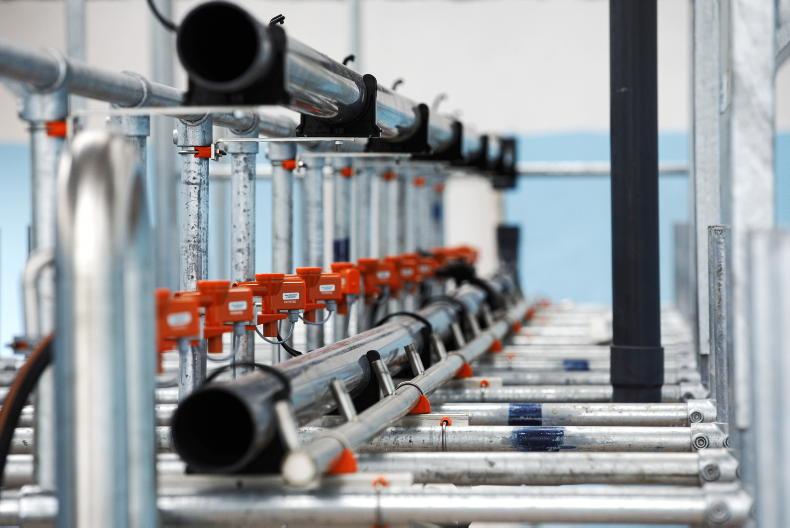
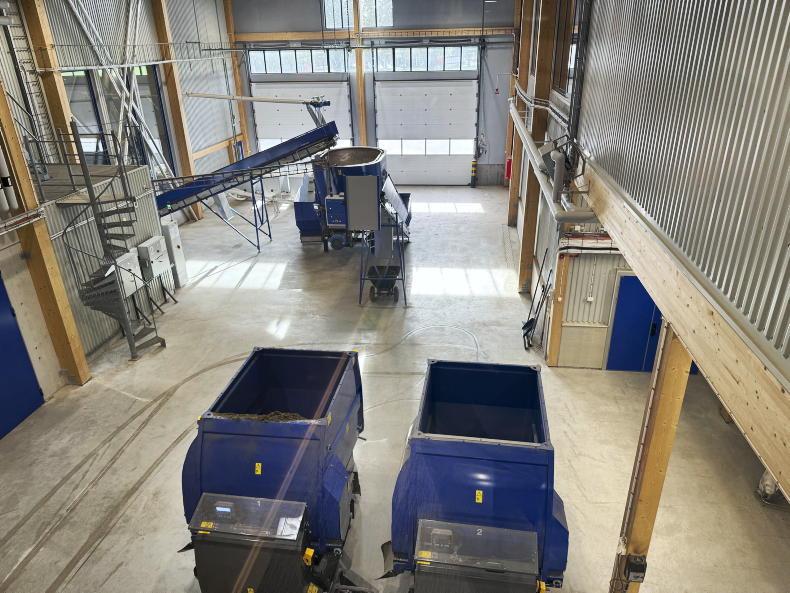

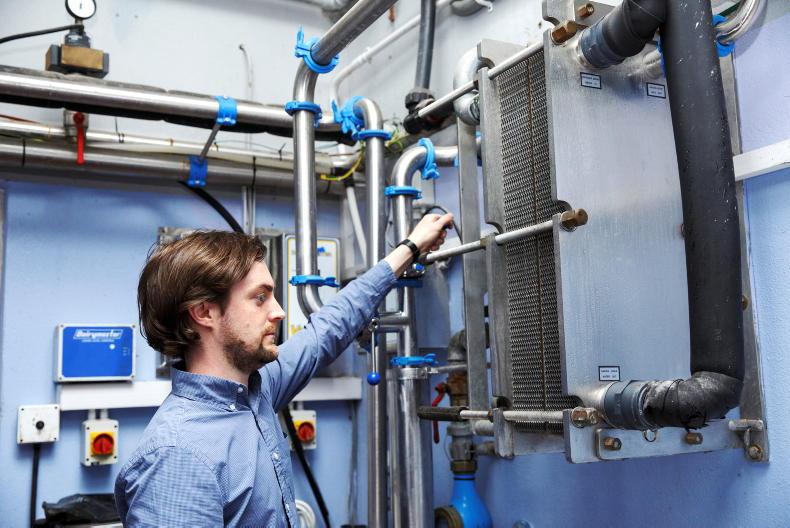
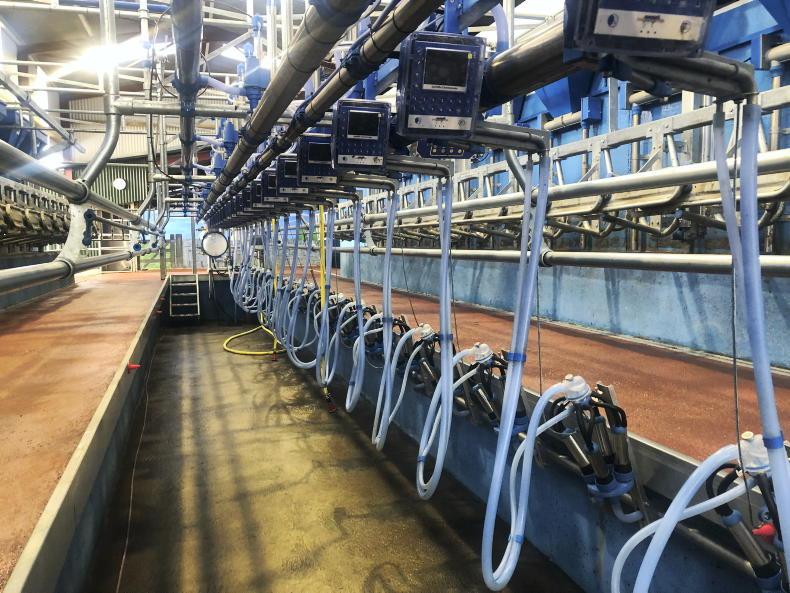
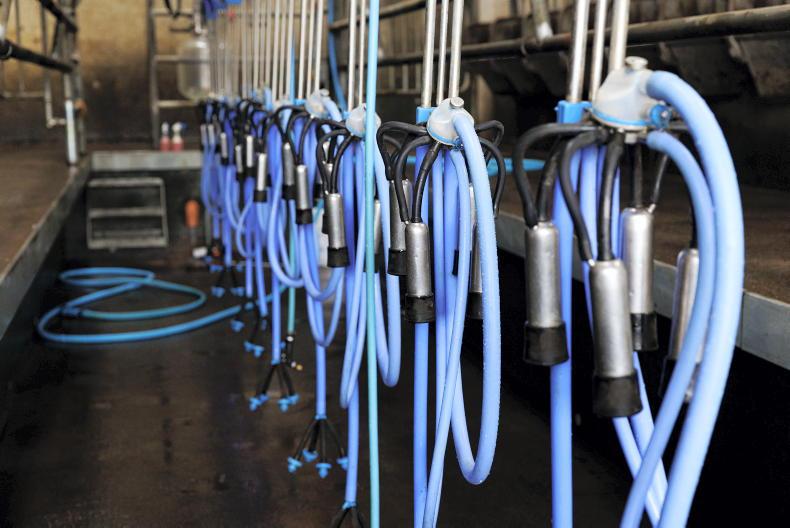
SHARING OPTIONS